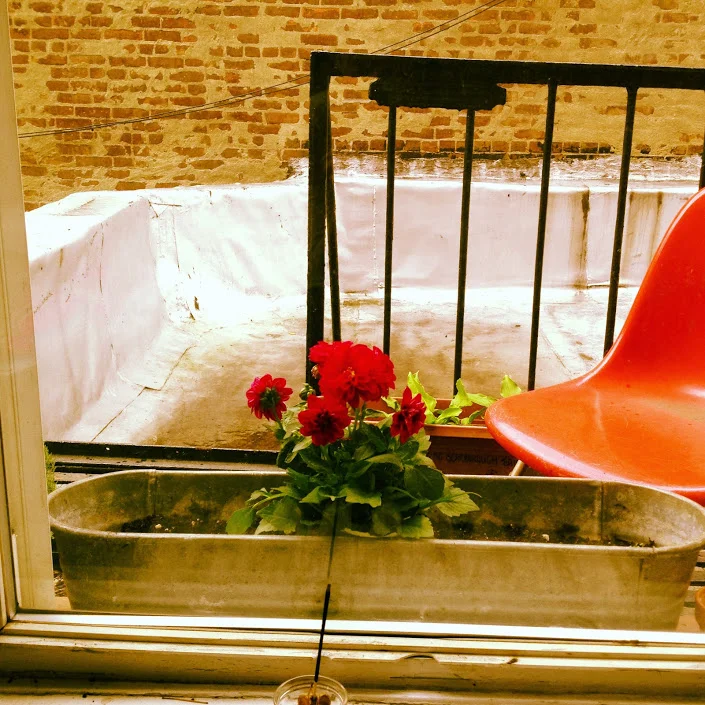You may not be familiar with Japanese philosopher George Ohsawa, but you’ve probably come across his approach to healthy and harmonious living, “macrobiotics.” Founded in the 1930s and named after a term first coined by ancient Greek physician Hippocrates, the approach prescribes cutting out processed foods, refined sugars, dairy and meat, and emphasizes whole grains, pickled and fermented foods, sea vegetables, contemplative practices and thoroughly chewing food. The macrobiotic belief is that wellness arises from keeping the body in tune with the natural environment, by maintaining the balance between yin (cooling foods) and yang (warming foods).
We asked shiatsu practioner and macrobiotic-inspired chef Shandoah Goldman to share her modern perspective on this old philosophy—and a recipe.
Q. What does macrobiotics mean to you?
A. Literally, it means ‘big life.’ For me, it is the balance between yin and yang and of the five tastes: sweet, salty, bitter, sour, and pungent. Macrobiotics is also about eating seasonally. We get the most nourishment from the foods that grow in the same environment we live in. For example, during this time of year, root veggies like turnips and daikon grow in New York. These foods are warming to our bodies, so it’s best to eat them during the colder months.
Q. How did you come to follow a macrobiotic diet?
A. I was actually brought up eating this way. During my adolescent years I strayed a bit, but as a teenager, I realized I truly felt best when I predominantly followed macrobiotic principles. I integrated these principles of balance into my shiatsu practice by creating personalized menu plans for my clients. This later grew into a successful macrobiotic-inspired catering company, and I now use these principles to create simple, easy and delicious recipes for my blog.
Q. Macrobiotics gets a bad rap for being strict and time-consuming. Any tips for making it more accessible?
A. Just as macrobiotics teaches, I really believe it’s all about finding a balance: you can maintain the basic principles and adapt the practice to your individual needs. It doesn’t have to be so complicated or time-consuming. I like keeping cooked grain on hand and then making “one pot meals” where all the cooking is confined to one pot through a layering system so you can spend less time cooking and more time enjoying the meal.
Try one of Shandoah’s “one pot meal” ideas:
Shiitake, Root Vegetable Nabe
1/2 Daikon root peeled, sliced on the diagonal
1 burdock root, peeled, sliced on the diagonal
1 carrot, peeled, sliced on the diagonal
1 small piece ginger root, sliced or grated
1 c. water
1 Tbsp. Tamari (or soy sauce), more to taste
5 medium Shiitake mushrooms, sliced
1 handful kale
scallion, sesame seeds, Kimchi to garnish
Place roots, carrot, ginger, water and tamari in a shallow pan. Cover and let simmer on low heat until roots are tender (5-7 minutes). Add shIitakes, cover and simmer for a couple more minutes, then add kale on top. Cover for one more minute and turn off heat so kale becomes tender but not soft. Serve in a bowl, garnished with sliced scallions, sesame seeds, and kimchi if you like spice. Goes great with brown rice. Total cooking time, only 10-12 minutes.
Check out Souen and Ozu, Shandoah’s favorite Clean Plates-approved macrobiotic restaurants in NYC.
LINK TO ARTICLE:http://national.cleanplates.com/interviews/food-talk-macrobiotics/#.VK_o6CeRpRk






